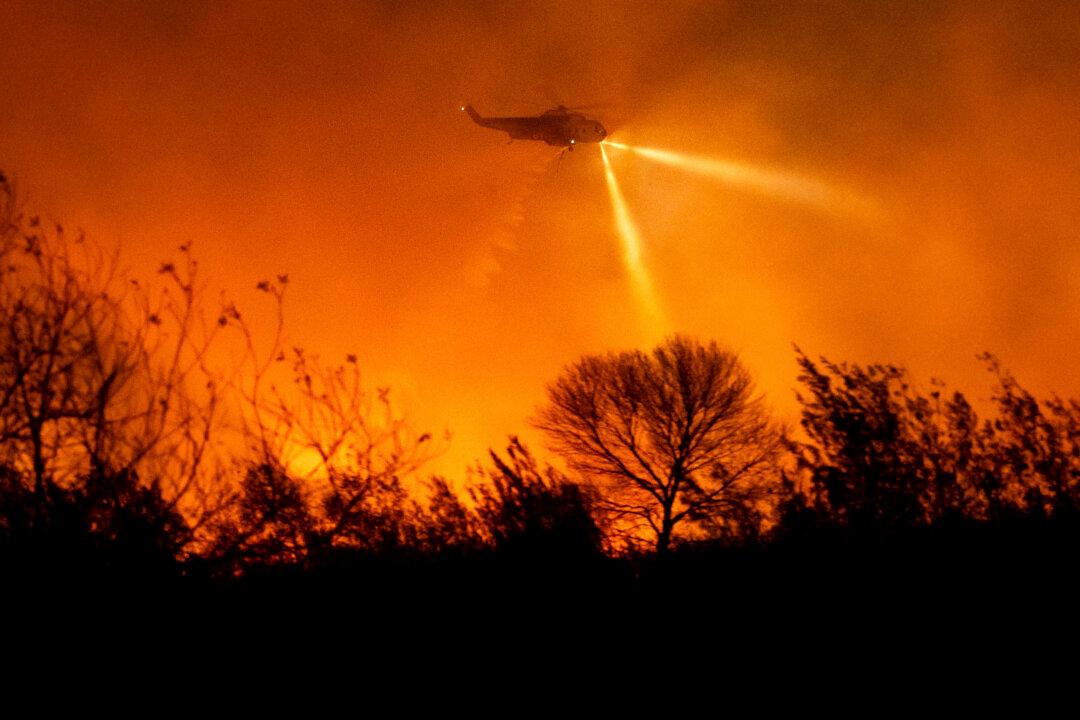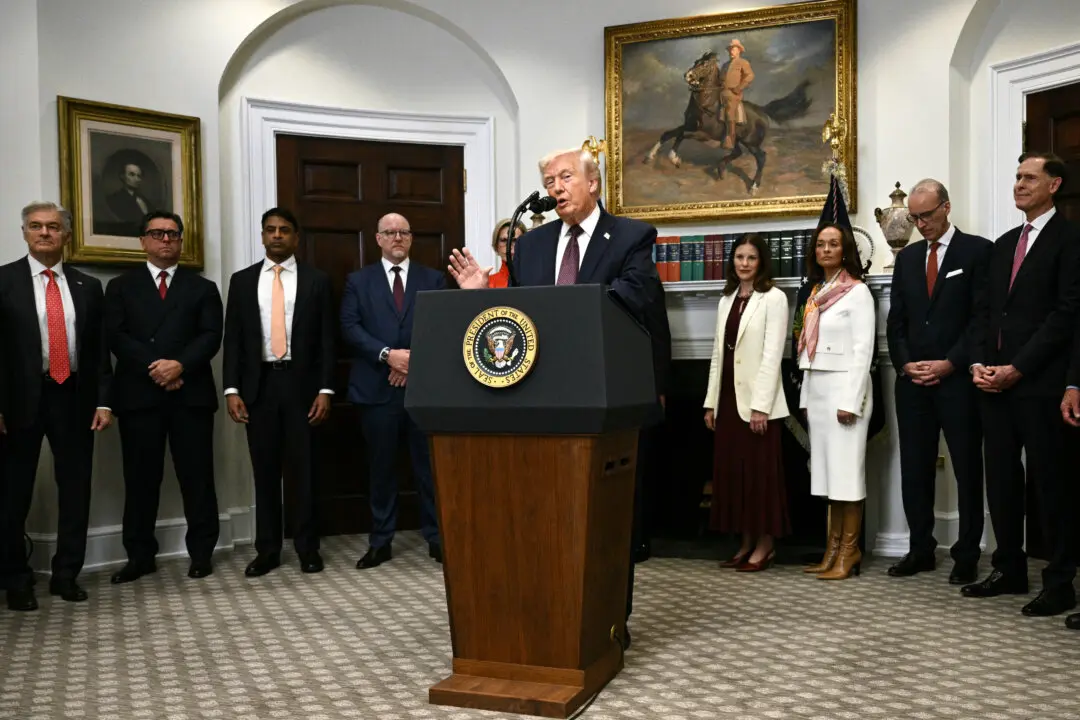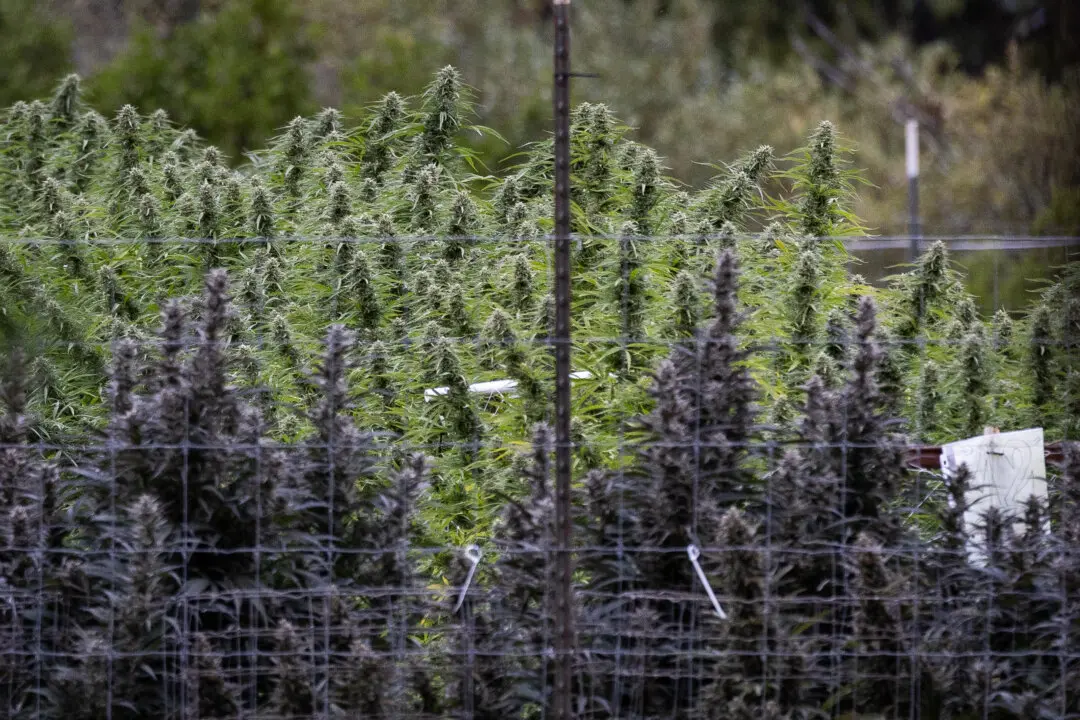Fires in Southern California continue to burn, with extreme weather endangering hundreds of thousands of residents more than a week after flames ignited in the hills of Los Angeles County. Officials are reporting 25 fatalities and say the number is expected to increase.
The cause of the fires is still under investigation, and firefighters were working tirelessly to control the flames on Jan. 14, while a strong wind warning was delayed until early the next morning and expected to last until mid-afternoon.





